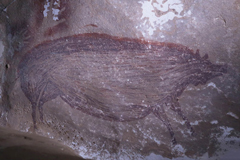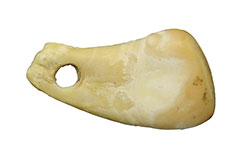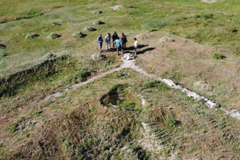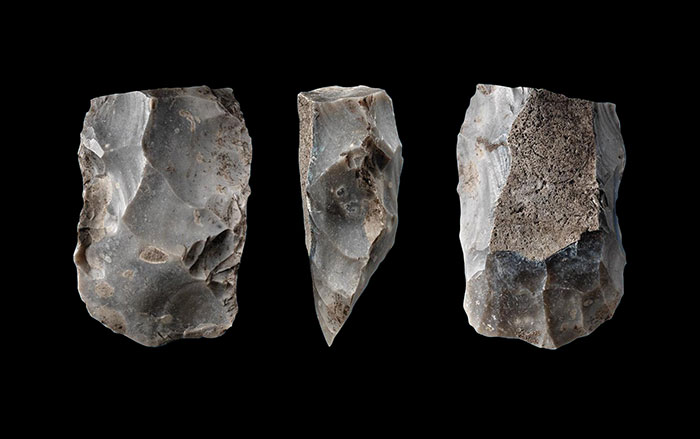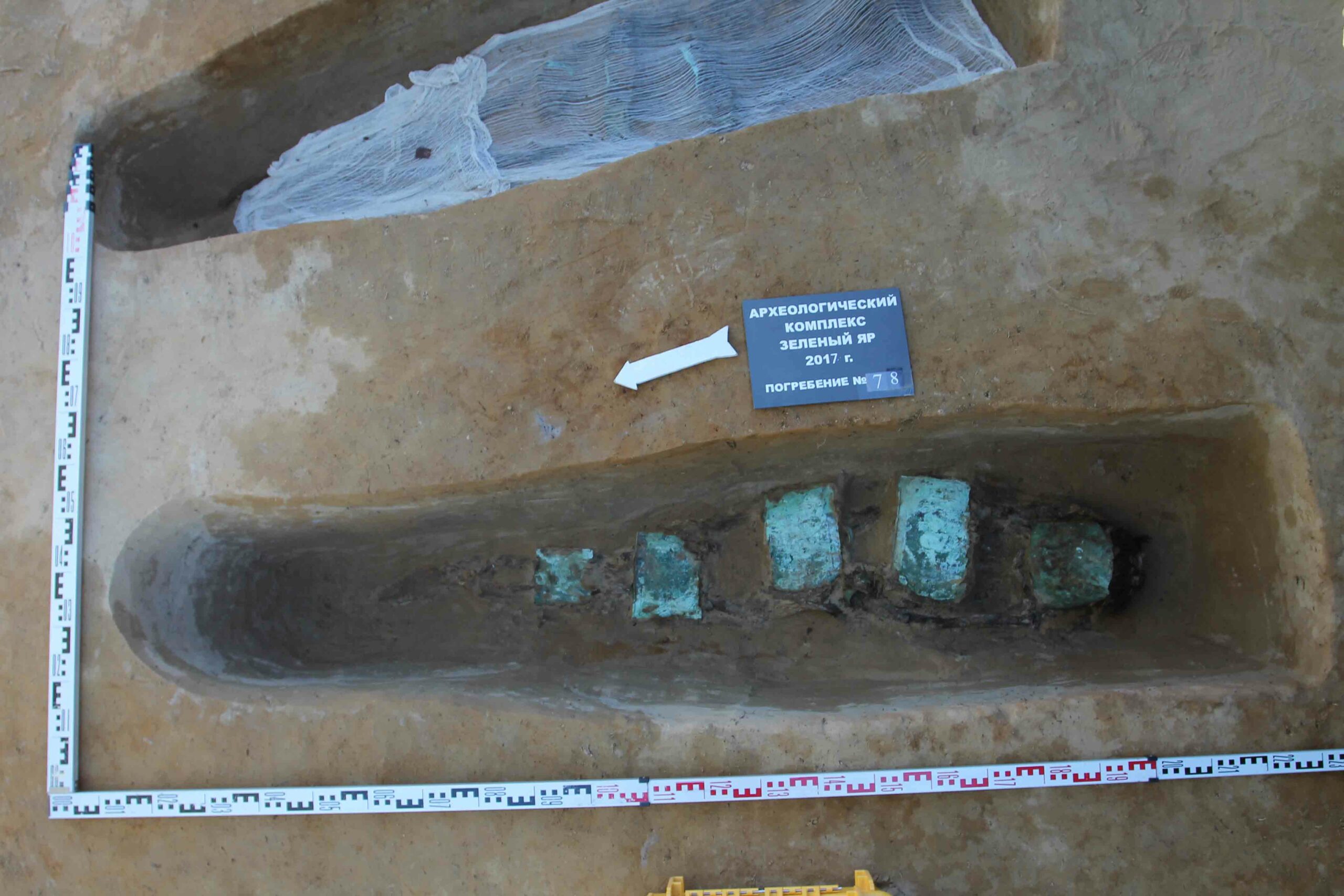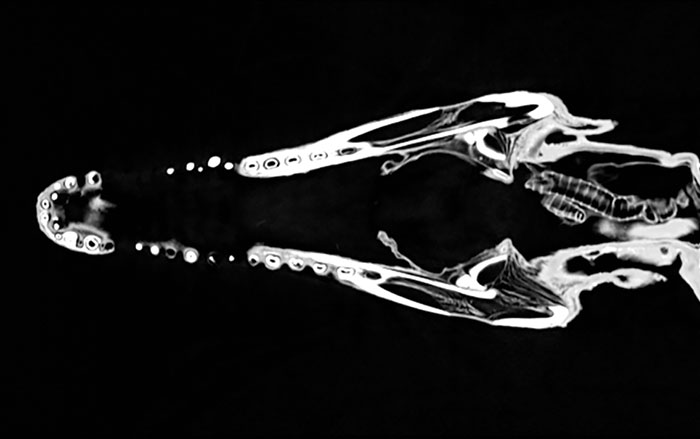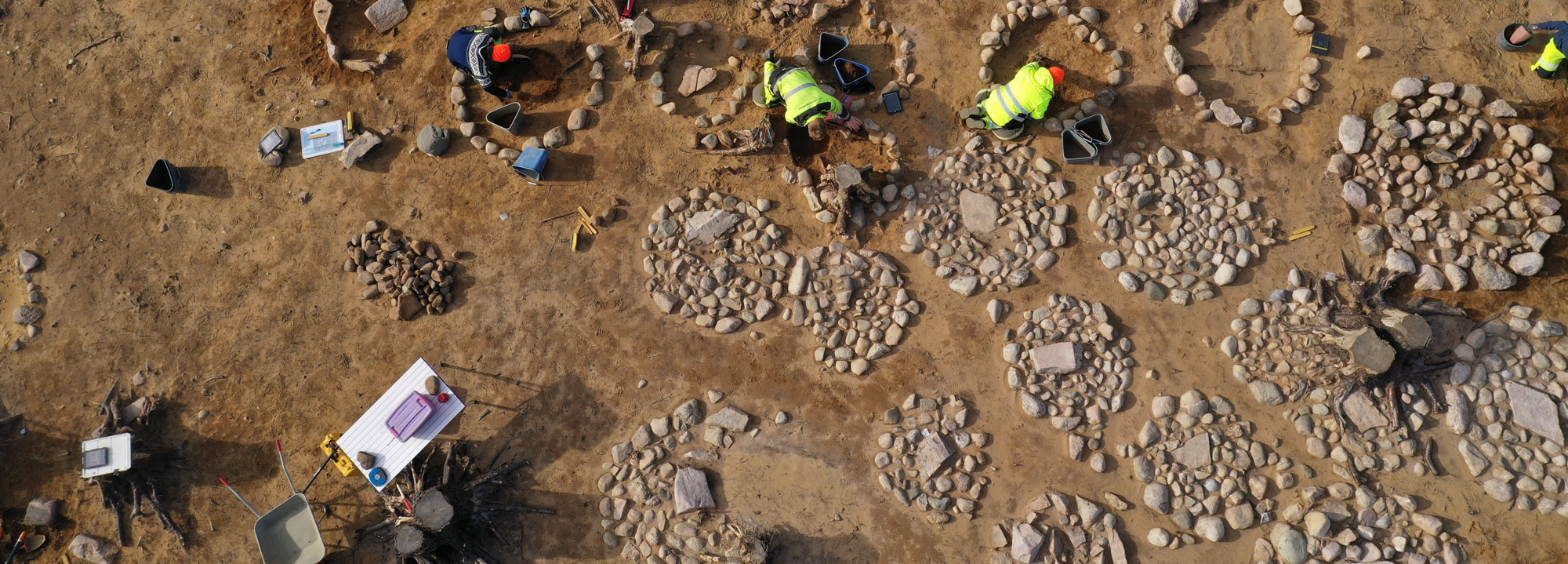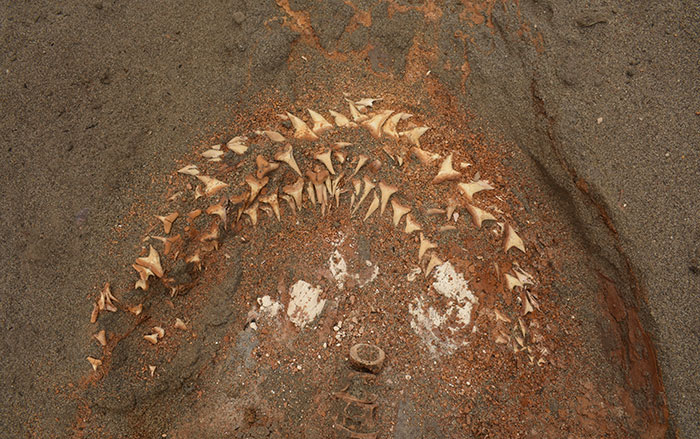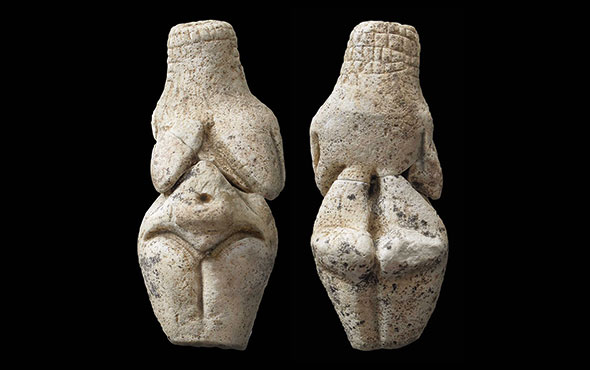
CHINA

CHINA: Around 200 new terracotta warriors have joined the ranks of the 2,000 that had been previously excavated. The life-size sculptures were unearthed during the latest round of excavations at the 3rd-century B.C. tomb of Qin Shihuangdi in Xi’an. The recently uncovered figures represent two different types of soldiers, those who held long poles as weapons and those who carried bows. It is estimated that around 8,000 clay warriors were buried around the mausoleum to protect China’s first emperor in the afterlife.
Related Content
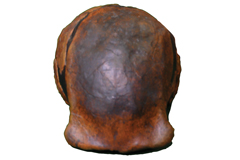
INDONESIA

INDONESIA: Homo erectus, believed to have been a direct ancestor of modern humans, walked out of Africa almost 2 million years ago and spread across Asia before beginning to disappear around 400,000 years ago. New research has shown that the last place the hominins survived was on the island of Java. A team used new technology on previously excavated remains to confirm that 12 H. erectus skulls from Ngandong were between 117,000 and 108,000 years old, making them the last known members of their species.
Related Content
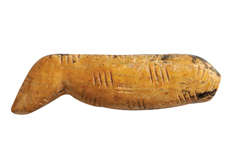
RUSSIA

RUSSIA: A tiny, 1.6-inch-long sculpted cave lion found in western Siberia’s Denisova Cave is believed to be one of the world’s oldest carved animal figurines. Made from a woolly mammoth tusk, the partially intact carving was originally painted with red ochre and further decorated with a series of incised lines. Experts believe the figurine dates to between 45,000 and 40,000 years ago, but they do not yet know whether it was made by early Homo sapiens or by an extinct human species.
Related Content
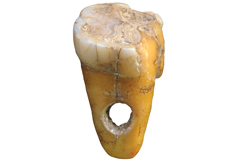
TURKEY

TURKEY: Humans have been wearing animal teeth as personal adornments for millennia. Some 8,500 years ago, people in the village of Catalhoyuk began fashioning pendants from parts of their deceased human brethren. Two human teeth recently found at the site had been carefully drilled so that they could be worn on a string. This is the oldest known evidence of this practice in the Near East. Wearing the teeth was likely not an everyday habit, but instead may have had special symbolic and ritual significance.
Related Content

GREECE

GREECE: An ancient merchant must have suffered a severe financial setback 2,000 years ago when his ship laden with commodities such as wine and olive oil sank off the island of Kefalonia. The wreck of the 110-foot Roman ship and its freight, which lie 200 feet below the sea’s surface, were detected using side-scan sonar. When it went down, the ship was carrying an estimated 6,000 amphoras. It is the largest shipwreck ever discovered in the eastern Mediterranean.
Related Content
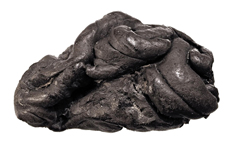
DENMARK

DENMARK: DNA embedded in ancient “chewing gum” from the island of Lolland was used to reconstruct the genome of a woman who briefly chomped on it 5,700 years ago. Scientists were able to use the masticated piece of birch pitch to determine aspects of the woman’s appearance, diet, and health. Her dark skin and hair and blue eyes indicate that she was more closely related to populations in mainland Europe than to Scandinavians of her time.
Related Content
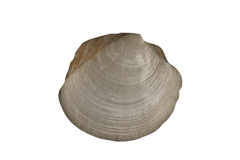
PUERTO RICO

PUERTO RICO: Early inhabitants of Puerto Rico ate a lot of clams, but they didn’t boil the mollusks in soup or enjoy them raw on the half shell, as is popular today. Instead, they preferred their clams barbecued. Isotope analysis of 2,700-year-old fossilized shells from a pre-Arawak site in Cabo Rojo determined that the shells had been heated up to nearly 400°F, far above the boiling point. This suggests the bivalves had been roasted on a hot surface over a roaring fire.
Related Content

PERU

PERU: The number of known Nazca Lines continues to grow, thanks, in part, to artificial intelligence (AI). The mysterious, massive geoglyphs, representing humans, animals, and geometric shapes, were created in the Nazca Desert around 2,000 years ago. Recently, 142 new figures were detected with high-resolution 3-D imaging. AI software was also fed satellite imagery and data to test whether it could locate any more unknown images. The software was able to identify at least one previously unknown figure—a human-like form.
Related Content
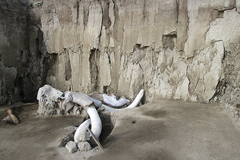
MEXICO

MEXICO: Huge pits dug in Tultepec, north of Mexico City, are providing greater understanding of the techniques humans used to hunt woolly mammoths 15,000 years ago. The two pits, each around 80 feet in diameter and 6 feet deep, contained 824 mammoth bones from 14 different animals. Researchers believe the pits were dug to trap confused mammoths, who were driven into them by hunters wielding torches and branches. The incapacitated beasts could then be more easily killed and butchered.
Related Content

ARCTIC

ARCTIC: When the ancestors of today’s Inuit population crossed into North America from Siberia 2,000 years ago, they had a secret weapon that would help them conquer the notoriously harsh Arctic climate: their dogs. Although dogs were already present in North America, according to a recent study of hundreds of dog and wolf remains, the first Inuit migrants brought their own specialized breed of sled dog with them. These dogs were genetically distinct from and larger and stronger than North American canine populations of the time.





